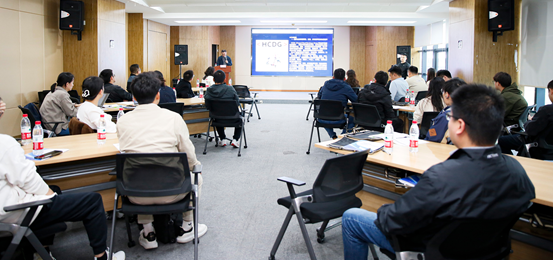vue3学习 setup,props,context
setup 函数1、执行时机在 beforeCreate 和 created这两个钩子函数之前,是最早执行的,在程序运行中,setup函数只执行一次2、在setup中没有this , 打印返回undefinedvue3里的生命周期:① 可以和vue2里一样选项式写法,和setup平级,beforeCreate/ created/ beforeMount/ mounted / beforeUpdat
setup 函数
1、执行时机在 `beforeCreate` 和 `created `这两个钩子函数之前,是最早执行的,在程序运行中,setup函数只执行一次
2、在setup中没有this , 打印返回`undefined`
vue3里的生命周期:
① 可以和vue2里一样选项式写法,和setup平级,
beforeCreate/ created/ beforeMount/ mounted / beforeUpdate / updated / beforeUnmount / unmounted
② 可以在setup里调用生命周期。调用的时候,在原来的api上加上on换成驼峰命名 ,如 :beforeMount -> onBeforeMount,而且在setup里调用的生命周期会比你用选项式写法执行的时机会快一点。
注:在vue2中组件卸载的api为 destroyed 在vue3中组件卸载api换成了 unmounted
3、setup里接收的参数 props, context
props:和vue2中组件中props意思一样,都是接收传过来的参数必须对props传过来的参数先进行声明,如果没声明,传过来的参数将出现在attrs中
props
// 声明时props和setup同级,可以通过以下方式对父组件传递的参数在props中声明
props:{
msg:String,
name:String
},
context
context :上下文,包括 attrs 、 emit 、slots。
① attrs :在此部分,接收在父组件传递过来的,并且没有在props中声明的参数参数。
② emit:子组件对父组件发送事件
在vue2中,子对父发送事件采用this.$emit对父组件发送事件,在vue3中子组件对父组件发送事件采用context.emit发送事件
// 在子组件中
<button @click="postMsg">
我是子组件,我要向父组件发送事件了
</button>
// js 部分
setup(props,context){
function postMsg(){
console.log('我发送了')
context.emit('pMSg',{msg:'我是子组件发送的信息'})
}
return {postMsg}
}
父组件中进行接收
<test @pMSg="func" />
// js 部分
setup(props,context){
const func = (e)=>{
console.log('子组件发送过来的信息',e)
}
return { func }
}
点击按键

slots
③ slots:和vue2中的插槽使用类似
插槽使用 :
// 在子组件中
// 具名插槽,在name中给插槽命名名字
<slot name='title'></slot>
<slot name="content"></slot>
// 默认插槽
<slot></slot>
此时在子组件中的setup里打印出context.slots ,里面都显示出了所有你在子组件里写的插槽。

// 在父组件中的使用
// v-slot:[name] 可以通过这种方式动态的写插槽名
<template v-slot:[name]>我是插槽里的内容</template>
<template v-slot:title> 我是插槽里的标题 </template>
<template v-slot>asdasd</template>
更多推荐
 已为社区贡献2条内容
已为社区贡献2条内容









所有评论(0)